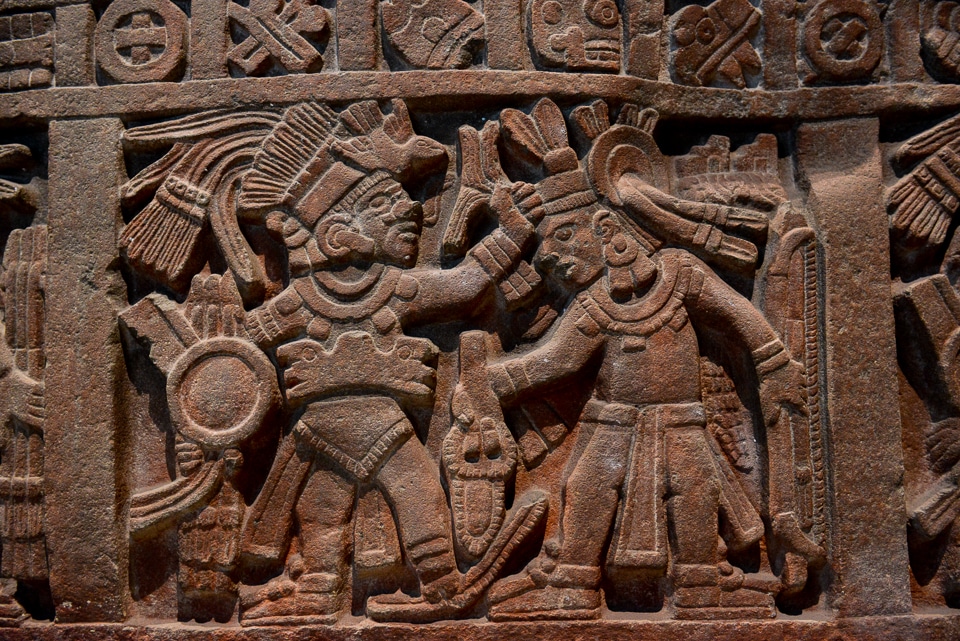
It’s easy to skip Ciudad de Mexico (look for Mexico City under ‘C’s in the Spanish drop down choice), especially if you’re ultimately headed to the beach or some colonial town. But reconsider and spend a few days in Mexico City for a true overview of Mexican history and a taste of current urban culture.
Friends recommended we stay in the historic center or in the modern Polanco neighborhood of hotels and shopping. We missed the mark and found the idiosyncratic Hotel Park Villa, just on the south side of the Bosque Chapúltepec. This is a hidden sister motel to the higher-end Green Park Hotel, and shares restaurants, bars, valet, and a couple caged lions and a few parrots with the luxury hotel. Our room was small and non-descript, but the service friendly and the food above average. The rate, booked through Hotels.com, was only $58 per night ($70 including taxes).
The historic center is about a ten-dollar taxi ride from the hotel (half that if you are hailing your own cab). We were dropped at Constitution Plaza (El Zócalo), a huge paved expanse in the center of circling multi-lane traffic. The plaza was crowded with a stage, mini football field, and concession stands being set up for an NFL event–and appeared utterly inaccessible.
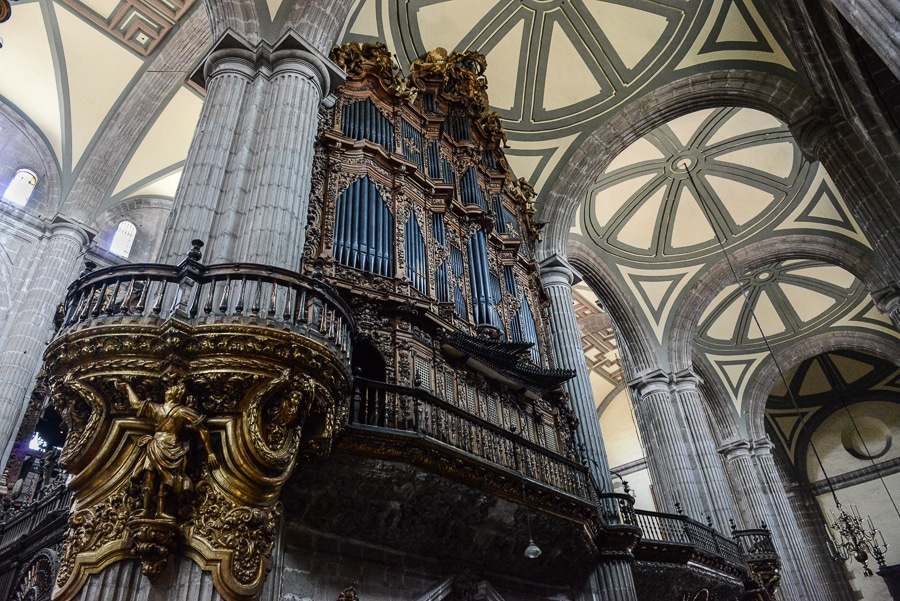
The cathedral dominates one side of the plaza, and the National Palace another. Our cathedral visit was during a service tucked just inside the front entry, allowing visitors the chance to explore the massive church from the choir beyond. It’s the biggest Roman Catholic cathedral in the Americas, but apart from its organ, is rather subdued in its architecture, despite the baroque façade. More interesting is the Templo Mayor site that is accessed just to the right side of the cathedral. It offers tours of partial ruins of the Aztec city, Tenochititlán. The Spanish conquistadors built the cathedral on the site of the Aztec temple.
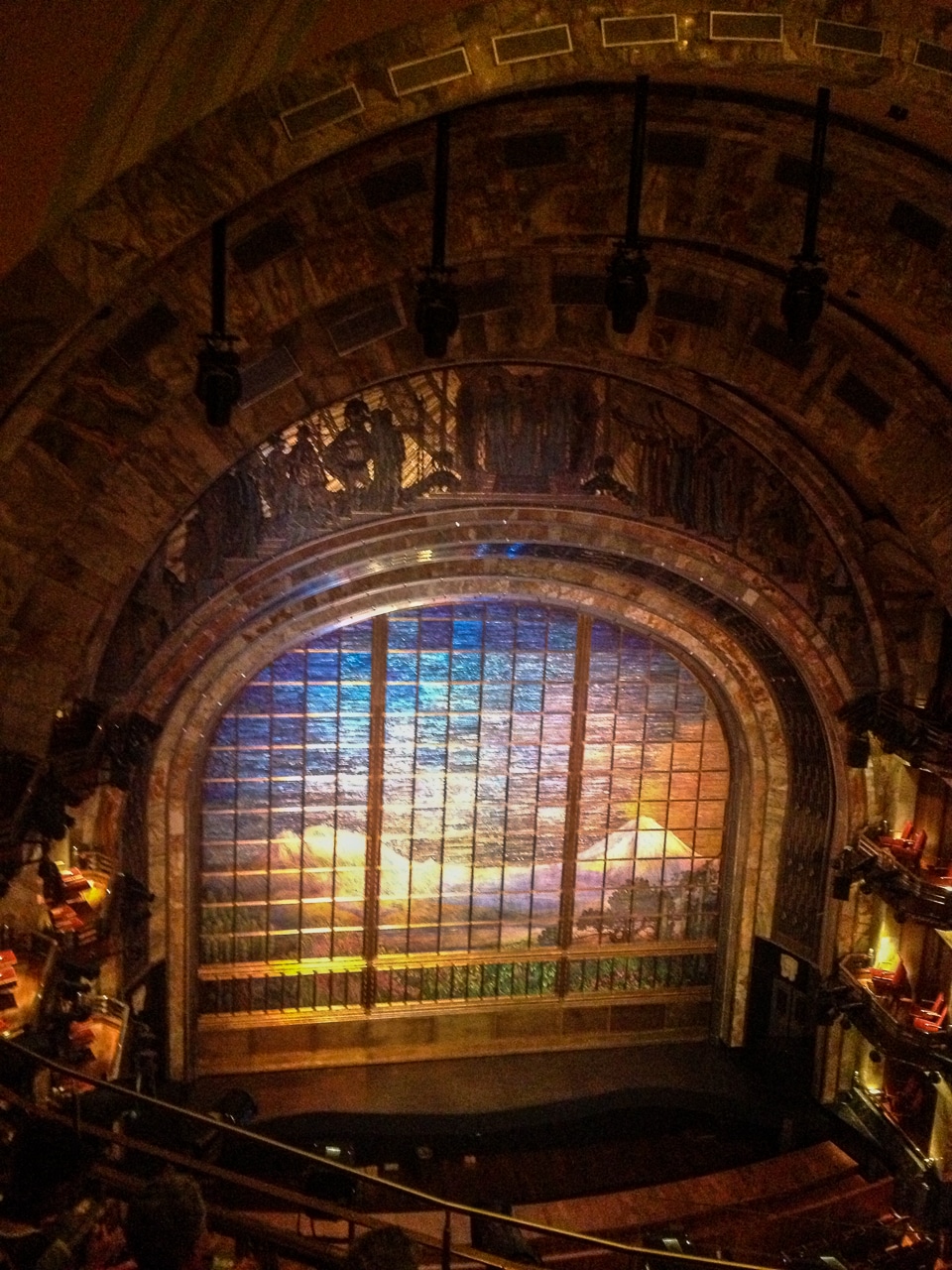
Just a short walk from the cathedral is the Palacio de Bellas Artes (Palace of Fine Arts), a stunning Art Nouveau theater building to be admired inside and out. When we stopped in, we discovered we could see a matinee performance by Ballet Folklórico de Mexico before we left town, so we returned later for a fun performance and a good long look at the interior, including the Tiffany glass curtain and an amazing glass ceiling mosaic, both surrounded by excellent marble frames in the art deco style.
Walking around Mexico City was a reminder to us of the air pollution, noise pollution, and the “Viva Yo!” mentality that persists in Mexico. Apart from the expected honking and traffic noise, we were bombarded by organ-grinders, street performers, restaurant hawkers, vendors, police cars with lights permanently on flash mode and, most irritating, the various groups of theater-goers who talked throughout the dance performance. Just go with it; you won’t change it.
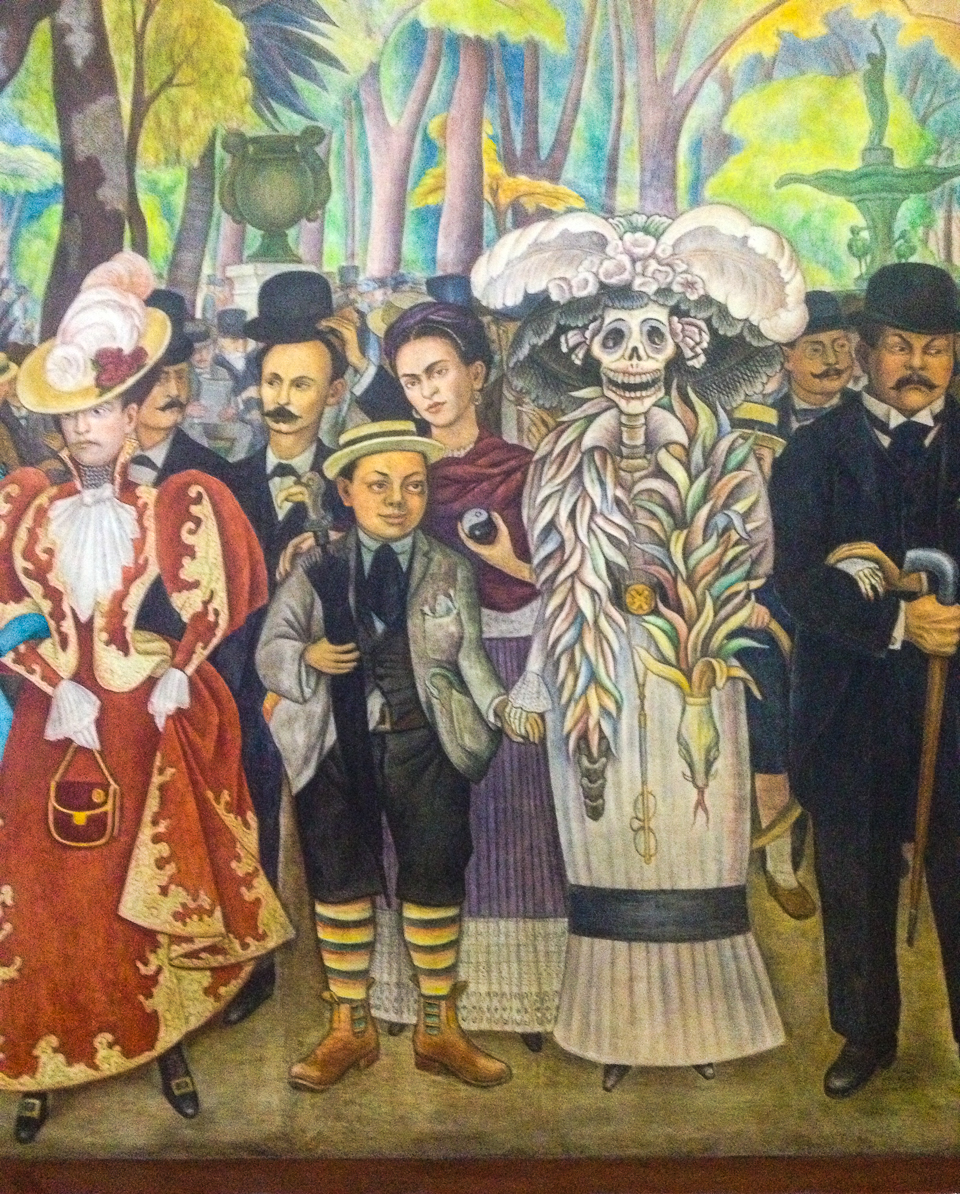
Also worth visiting in the historic center is the Diego Rivera Mural Museum at the edge of the Alameda Park. “Dreams of a Sunday Afternoon in the Alameda Park” is a masterwork of Rivera’s and a history of Mexico from the Spanish conquest to the 20th Century. A walk through the park itself is a great way to digest this rich artwork.
Useful signs and way-markers for pedestrians are hard to come by in the center. We managed to find good eats in the area, though. Café Tacuba is a classic tile-lined café serving traditional Mexican cuisine. We stopped at Café Grante for a late breakfast, and found the street full of casual places to rest while meandering the pedestrian shopping streets nearby.
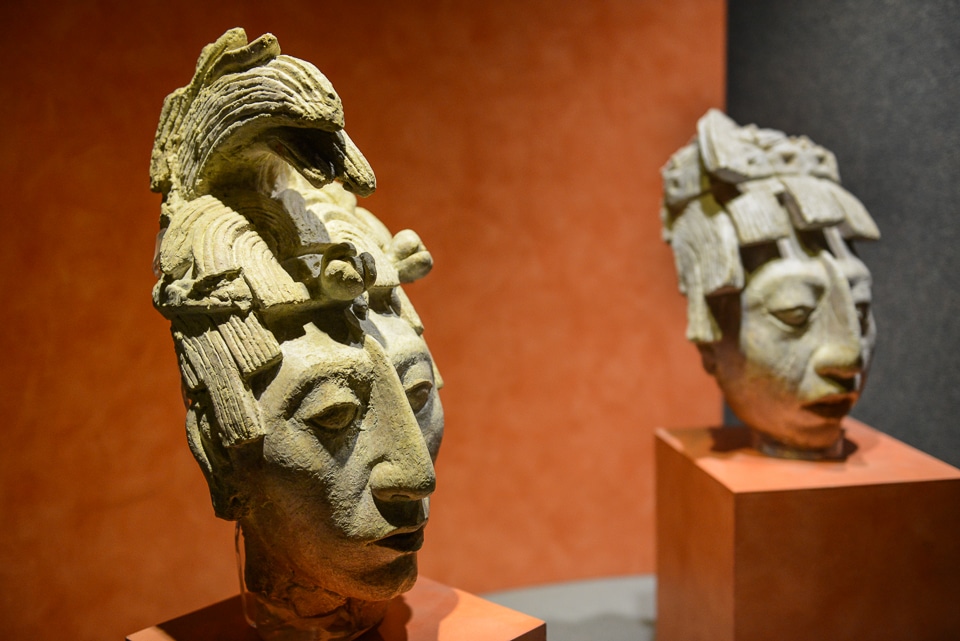
Our other city excursion included a walk through the park–a good advantage of our hotel location–and a visit to the National Anthropology Museum, a must for anyone wanting an overview of the indigenous landscapes and cultures, the evolution of commerce and warfare among early communities, and the blending of Spanish and indigenous cultures after the conquest.
After the museum visit, we cut short our walk to the main Polanco district when we discovered a small neighborhood restaurant, Café Magnolia. We appreciated ducking in out of the rain and the tasty and healthy meal of citrus salad, fettuccini with mushrooms, and a wonderful sea bass. All, with beer, wine and tip came to 700 pesos ($58).
From Mexico City we headed to the pyramids of Teotihuacán, and appreciated having a night in the hotel there so we could visit in the early morning. Post to follow. When we return to Mexico City again, in late May, we plan to visit Xochimilco (the floating city ruins just a day trip from the center), the Frida Kahlo home, and more neighborhoods that represent the past and future of the city.
Up Your Travel Skills
Looking to book your next trip? Use these resources that are tried and tested by us. First, to get our best travel tips, sign up for our email newsletter. Then, be sure to start your reading with our Resources Page where we highlight all the great travel companies and products that we trust. Travel Accessories: Check out our list of all the accessories we carry to make getting there and being there a lot easier. Credit Cards: See our detailed post on how to choose the right travel rewards credit card for you. Flights: Start finding the very best flight deals by subscribing to Thrifty Traveler. Book your Hotel: Find the best prices on hotels with Booking.com. See all of the gear and books we like in one place on our Amazon shop.Got a comment on this post? Join the conversation on Facebook, Instagram, or Threads and share your thoughts!


Comments are closed.